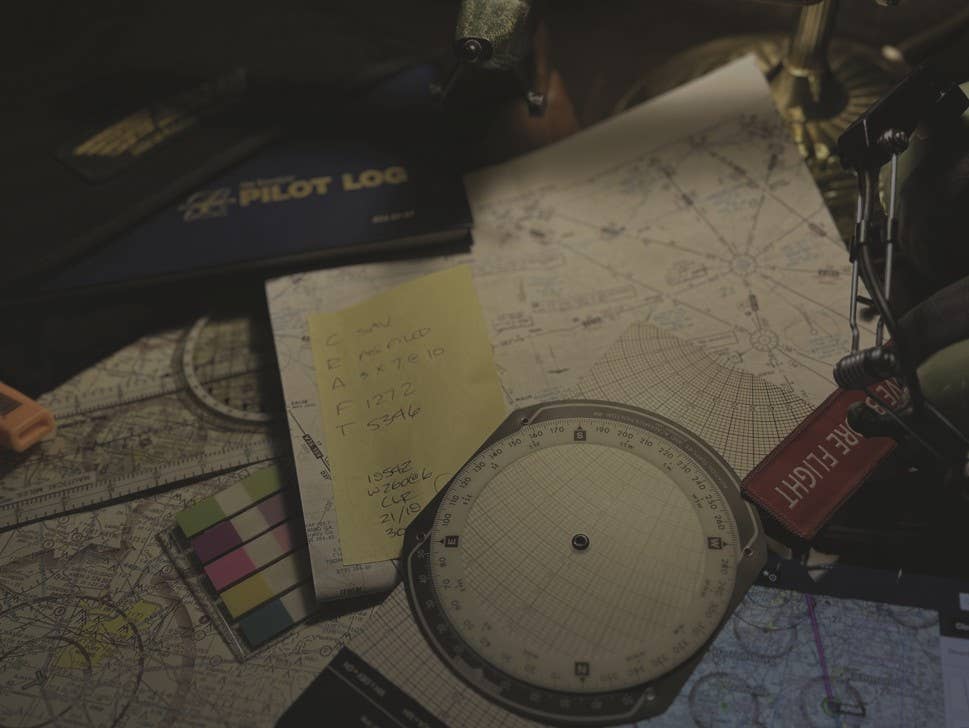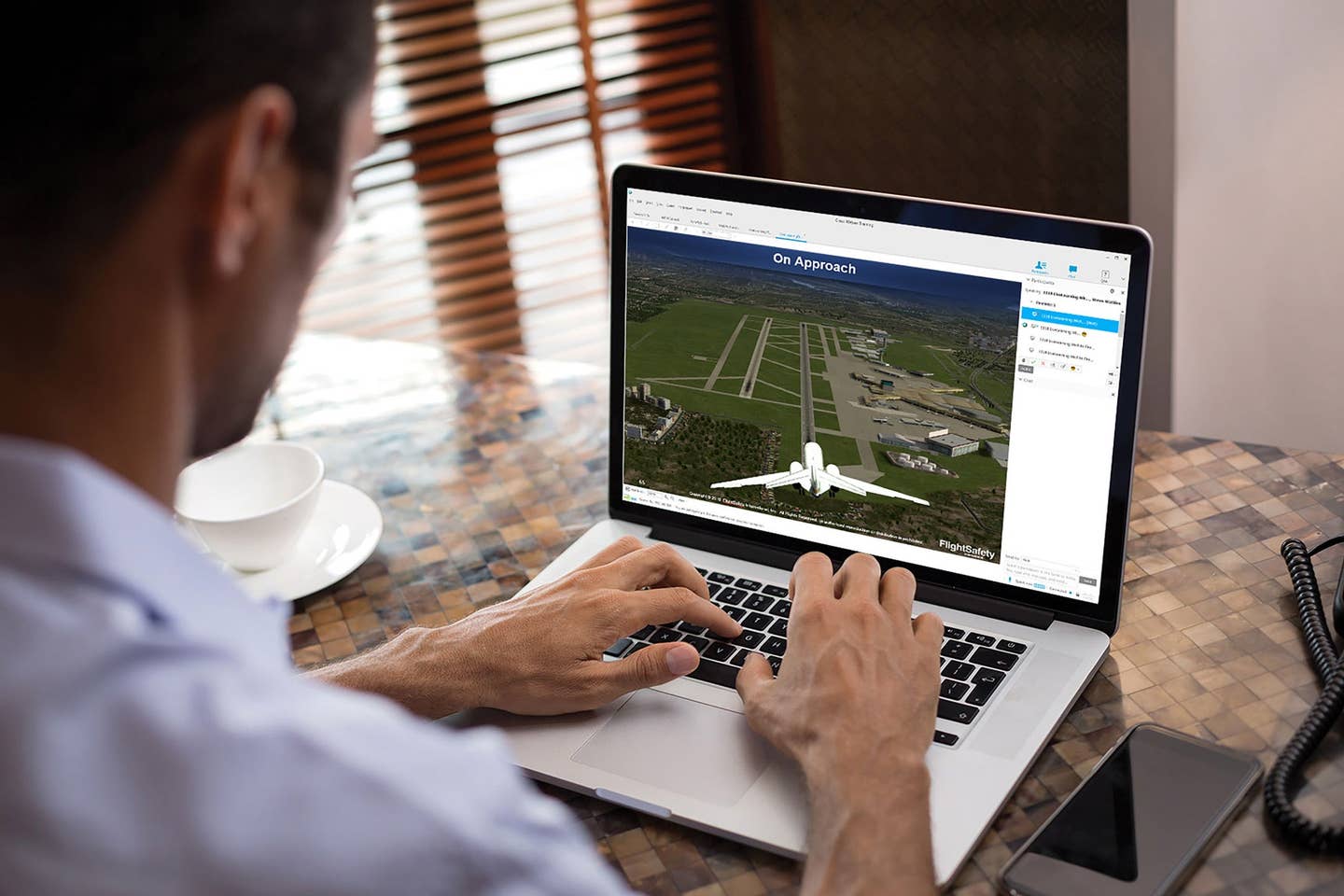
AWC TAF testbed. Aviation Weather Center
The U.S. Weather Service’s Aviation Weather Center (AWC) is experimenting with a new color-coded system to instantly identify the impact of weather through its terminal area forecasts (TAF). The AWC believes the new system will not only improve operational decision-making but also significantly improve situational awareness for any operational system player.
The experimental system will debut at some 30 major U.S. airports, where TAFs are organized on a simple white grid by hour of the day. If pilots or dispatchers pull up the weather for KDEN, for example, and see only the white grid boxes, they'll instantly realize there’s no significant weather expected to impact that location that day. If, however, during a particular six-hour block, pilots notice boxes colored yellow, orange or red, they’ll quickly know some weather phenomenon is expected to occur, even if they don’t know what element exactly. Also, if a portion of the day’s TAF is coded yellow, then becomes orange and red even later, a crewmember or dispatcher will know the weather will continually worsen over the highlighted time period.
The NBAA’s project manager for weather, John Kosak, explained the thresholds for TAF periods highlighted in red. “These would include visibility less than half a statute mile, a ceiling of 200 feet or less, wind speeds greater than 30 knots or gusts of more than 35 knots. Red would also highlight snow, freezing rain, freezing drizzle, ice pellets and thunderstorms.”
Pilots, controllers, dispatchers, traffic managers and anyone else with a need to quickly decode the dynamics of changing weather are asked to submit their comments on the experiment directly to the AWC prior to July 27.

Sign-up for newsletters & special offers!
Get the latest FLYING stories & special offers delivered directly to your inbox






